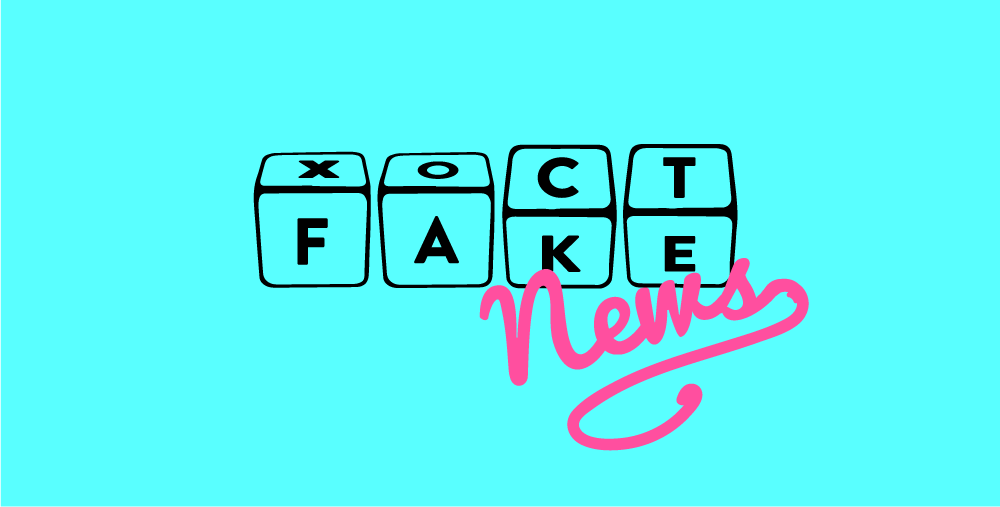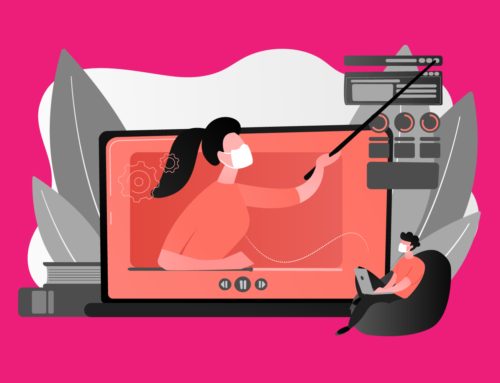What is literacy? Literacy, in its most basic form, is defined as “the ability to read and write” according to dictionary.com. A secondary definition, and the one more widely used today, is “competence or knowledge in a specified area.” Today, we no longer speak of literacy in the singular, but rather as “literacies” in the plural. We expect students to be literate in multiple capacities. Maureen McLaughlin (2015), author of over 8 books on literacy and education, perhaps says it best:
“In the past, being literate required only that we be able to read and write… It referred to the ability to read words well enough to complete forms (such as job applications), follow directions (such as how to plug in a toaster or other appliance), or understand simple communications (such as a note from a child’s teacher). Adults with a functional level of literacy were considered capable of being successful workers in their communities.”
Today, these very basic skills are learned in early childhood and are a sheer given, synonymous with breathing. These elemental skills are simply not enough to qualify someone to be a capable worker in today’s society.
What changed our understanding of this very common term? The answer is simple – technology. For the past 20 years technology has dominated as the quintessential way that we communicate with the world around us. The students of the past 20 years have had the world at their fingertips…literally! Anything they typed could be disseminated world-wide within seconds. Students were not only outputting information suddenly in mass amounts, but also intaking this information in even greater quantities. This unquestionably had a confounding effect on the way we defined literacy. Literacy was no longer the ability to be able to read words on a screen, but rather became the ability to use software programs, to research appropriately, to output information in an effective manner, and to meaningfully interact with people from all over the world.
To be literate today students must have knowledge of many different types of technologies, deep research skills, critical thinking skills, and a high level of creativity. It is not enough to merely analyze or regurgitate facts. Students must be able to make inferences and connect ideas while giving opinions and creating new knowledge. To be literate today is to be able to generate a unique perspective by contributing original thoughts to the human dialogue at large.
The question becomes how do we know which literacies are worth acquiring in this endless sea of information? How do we know which websites to research on the internet? Which forums to post to? Where are we authentically and meaningfully contributing and drawing information?
Why We Need A New Approach to Teaching Digital Literacy
In a recent issue of “Kappan” from March 2018, a group of authors discuss this very topic. In their article titled “Why we need a new approach to teaching digital literacy” Joel Breakstone, Sarah McGrew, Mark Smith, Teresa Ortega and Sam Wineburg examine the timely and pressing subject of fake news. Through this examination the authors found that the issue goes much deeper than simply being able to identify fake news. In general, students were having a hard time “making sense of the information they encountered online” (Breakstone et al., 2018). The authors conducted a lengthy 18-month study consisting of over 7,800 tasks performed by students. At all grade levels students portrayed a misunderstanding of the information they were viewing: “…students mistook advertisements for news stories…were unable to identify social media accounts…[and] blithely accepted a website’s description of itself” (Breakstone et al., 2018). To claim that you are computer literate is already a thing of the past. Just as being able to read and write is a given to basic functionality in any society, so too is being able to turn on a computer and surf the internet. So how do we teach internet literacy?
Most viable educational programs will instruct students to use checklists, the most common being the CRAPP Test. These checklists often look at copyright dates, domain name extensions such as .com or .org, sources cited, visuals, design, load times, recency of posts, etc. However, despite using these checklists students were still having trouble identifying viable websites. The authors argue that most checklists omit or bury the very first step that all researchers should take: investigating the creator of the site, their affiliations and their main goals. Professional fact-checkers will do this before even reading a single word on the page. The authors recommend that all students use this tactic to save time and succeed in finding viable sources.
The most illuminating findings from Breakstone et al.’s study was through a website called minimumwage.com. When students used the checklist approach to analyze this site almost all students found it to be a viable source of information. However, professional fact-checkers found the site to be questionable due to the fact that it was backed by an organization that works for a company who opposes raising minimum wage standards. Therefore, the site is biased and one-sided. The authors argue that in today’s age, where websites now cost $25 as opposed to $2,500 to create, anyone can make a handsome looking website that appears trustworthy. The checklist approach is simply not enough to guarantee the integrity of a site.
Breakstone et al. reiterate the importance of internet research as a measure of literacy: “young people report that they get 75% of their news online (American Press Institute, 2015). For every important social and political issue, there are countless groups seeking to gain influence, often obscuring their true backers” (Breakstone et al., 2018). For them, the solution lies in equipping teachers with the most up to date tactics in website authentication. Of course, in the ever-changing ebb and flow of technological advances, people and information it becomes increasingly difficult to keep up with the most current stratagems.
To take a critical stance on this urgent issue, one could argue that all websites are biased, even news sites. Rarely does an organization, company or individual present a completely neutral impartial view of the facts they are presenting. Every entity has a cause, an agenda, a goal or a viewpoint they are trying to portray. For this is the very raison d’etat of knowledge itself. So, the question must be asked – once a student has established that a site is biased, then what? In conclusion, Breakstone et al. fall short of advising us on how we are to authentically engage with fake news once it is discovered.
Texts, Identities, and Ethics: Critical Literacy in a Post-Truth World
Hilary Janks, in her article from July 2018 titled “Texts, Identities, and Ethics: Critical Literacy in a Post-Truth World,” expands the discussion of fake news in education by taking it one step further. For Janks it is not enough to simply be able to identify fake news and heavily biased websites. We must learn why information is biased. What is the author trying to disguise? Students must learn how to form opinions, relate topics to their own lives and take a moral stance on issues in the world. And so, teaching ethics plays a large role in helping students to become critically literate. Janks recommends three areas of literacy importance: “I suggest that as literacy educators, we need to work simultaneously on three fronts: texts, identities and ethics” (Janks, 2018). Being able to recognize texts as legitimate is only the first type of three essential literacies. Students must also be culturally literate. All people have an identity. Students must realize the role that their identity plays in gathering information, as well as the role of other people’s identities. We live in a multicultural world with many different viewpoints, not necessarily right and wrong viewpoints.
Janks begins her analysis by pointing out that fake news was the Collins Dictionary word of the year in 2017. There is no doubt that this is a recent and pervasive issue, one that needs to be reckoned with regarding students’ abilities to achieve literacy. To support her premise, she presents a powerful example from the 2017 Presidential Election: “then-White House Press Secretary Sean Spicer falsely called the crowds at Donald Trump’s swearing-in ceremony ‘the largest audience to ever witness an inauguration, period, both in person and around the globe’” (Janks, 2018). Despite this blatant misinformation, the general public accepted it as true because it came directly from the White House (and because Trump supporters wanted to believe it to be true). Janks points out the harsh reality that facts are often subordinate to popular beliefs. This is called post-truth. Post-truth was the Oxford English Dictionary’s (OED) word of the year in 2016. The OED defines post-truth as: “Relating to or denoting circumstances in which objective facts are less influential in shaping public opinion than appeals to emotion or personal belief.” In other words: “Emotion and belief are more important than objective facts, and people are only interested in whether the communicator is on their side (Davis 2017)” (Janks, 2018). In this type of world, where fact becomes what the majority of people believe vs scientific evidence that proves otherwise, it is extremely important to understand why one believes something. What are the underlying premises for one’s own beliefs? Students must have a strong sense of this (their identity) before they can engage in meaningful discourse based on the texts they find through research. But, in order to proclaim complete literacy students must also have a strong sense of morality, and what that means not only for themselves but also for others. Students must factor in their own moral choices based on the impact of all of humanity. After all, we do not live in a solipsistic world. We live in a world in relation to others. The strongest contributions to knowledge are those that take into consideration the identities and morality of others, not just of oneself.
In short, to become literate individuals and meaningfully contribute to the world of knowledge students must be able to recognize texts as biased, understand the role their identity plays in their understanding of texts, and be both empathetic with and critical of all texts. Janks concludes: “deciding whether or not to take up the positions that a text offers is a moral decision that has more to do with an ethics of care for self and others than with text analysis” (Janks, 2018, p.98). In order to master literacy students must be able to think critically about the texts they are engaging with and form an opinion based on their prior knowledge. It is not enough to simply identify and analyze valid texts, students must contribute their original thoughts. This is how we become literate and overcome fake news in our current post-truth world.
References
Breakstone, J., Mcgrew, S., Smith, M., Ortega, T., & Wineburg, S. (2018). Why we need a new approach to teaching digital literacy. Phi Delta Kappan,99(6), 27-32.
Janks, H. (2018). Texts, Identities, and Ethics: Critical Literacy in a Post-Truth World. Journal of Adolescent & Adult Literacy,62(1), 95-99.
McLaughlin, M. (2015). Content area reading: Teaching and learning for college and career readiness. Pearson. Kindle Edition.




